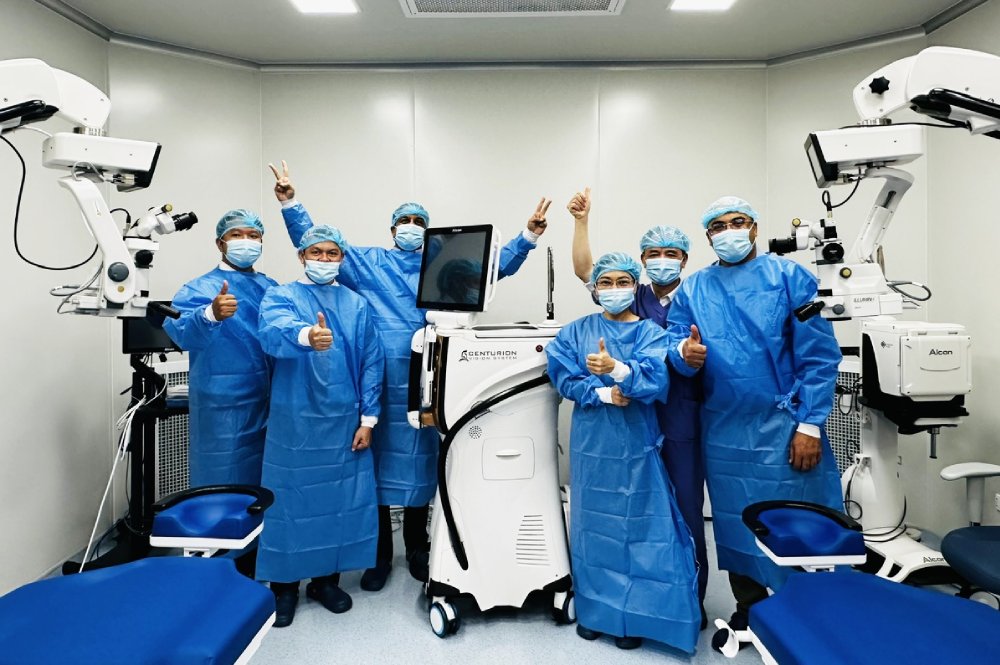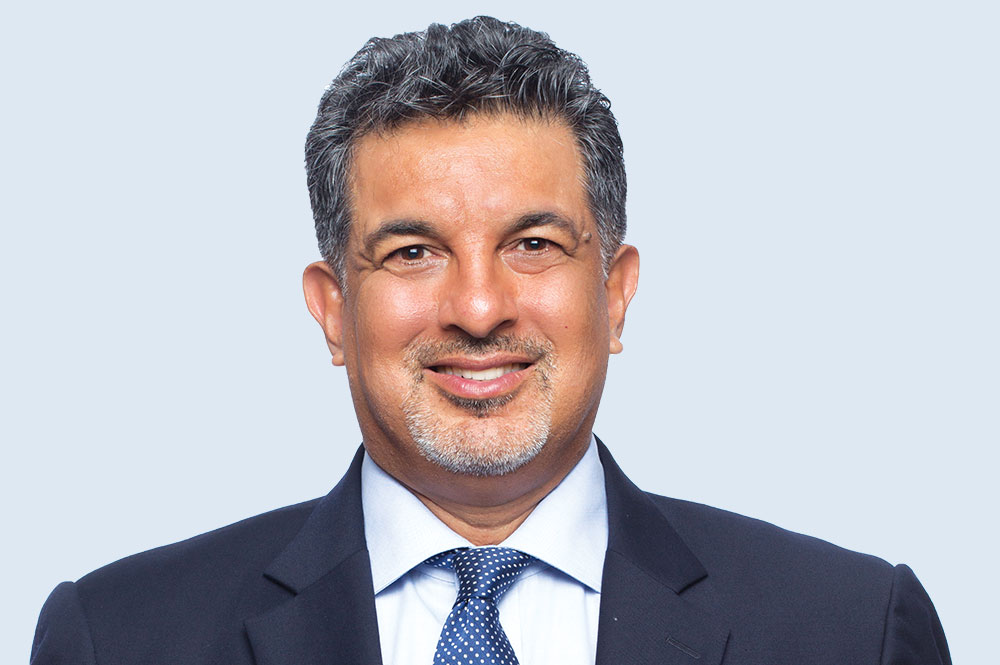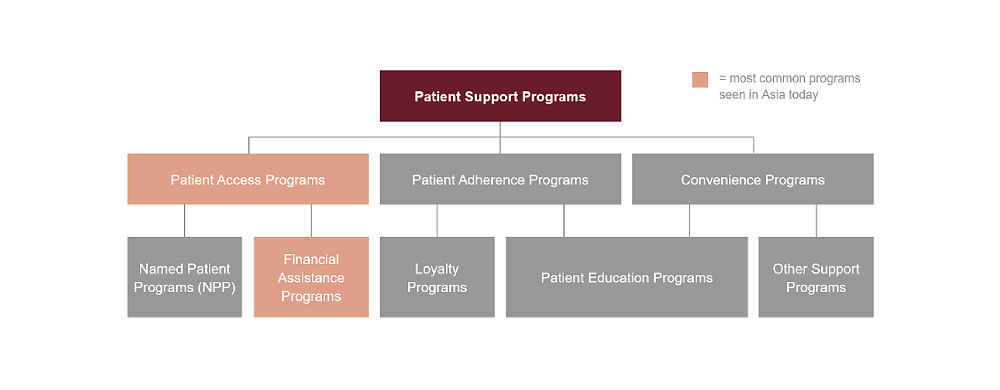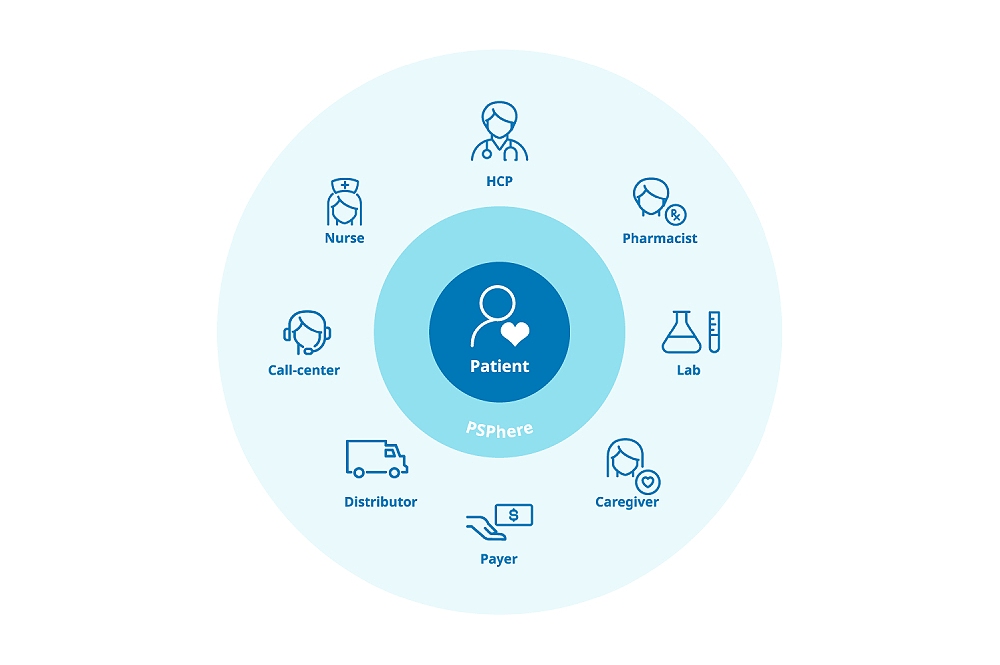Innovations in virtual health communities, digital therapeutics, on-demand lab tests, and healthcare logistics are profoundly reshaping the healthcare landscape by increasing patient access, improving care, reducing healthcare cost, and streamlining inefficiencies.
Here are five issues to consider.
1. Drivers of Digital Health Demand
Asian healthcare landscapes are changing fast. Spiraling demand for medical treatments is straining medical infrastructure and highlighting shortages of experienced doctors and staff. These challenges are acute in emerging markets with developing healthcare systems. In mature markets like Australia, capacity constraints in hospitals result in long wait times even for patients with life-threatening conditions.
Remote patient care platforms continue to evolve, and demand is rising in markets with huge populations, like China, India, Indonesia, the Philippines, and Vietnam. Meanwhile, several Asian societies are aging, which poses new questions for managing public health. In Japan, aging population is forecast to increase by 22% the per capita cost of healthcare by 2050. Balancing online consulting and clinical treatment will shape long-term healthcare provision and financing.
2. Omni-Channel Healthcare
Smartphones are an indispensable tool of daily life, and Asian customers embrace mobile engagement. The ubiquity of Super Apps enabling people to shop, travel, and manage their finances and daily lifestyles makes the transition to mobile health services more seamless. Delivering integrated healthcare requires more than screen time with a doctor, however.
DKSH Patient Solutions take a hybrid approach to managing patient support programs by combining digital interventions with in-person medical support. Placing patients at the center of the ecosystem connects them with healthcare professionals from across the continuum of care to deliver better treatment outcomes. Secure data handling and privacy builds trust with patients, stakeholders, and medical teams.
3. Access Beyond the Big Cities
Improved Wi-Fi connectivity is driving usage of remote health services in decentralized areas. Telehealth is a developing sector, and providers often focus initially on primary cities, where affluence is highest and consumers are comfortable using online services. Future demand is forecast to grow fastest beyond the big cities. This will require national investment in medical technology, infrastructure, and logistics.
Capillary distribution across key markets aligned with deep health market knowledge and deep reach enables DKSH Patient Services to support customers as market dynamics change. Long-standing relationships with pharmaceutical suppliers and physicians provide the flexibility and agility for telehealth platforms to confront new challenges as they arise.
4. Managing Regulatory Compliance
Healthcare provision and medical technology are tightly regulated, and compliance requirements vary across Asian markets. Health, wellness, and commercial cultures are highly localized, and the legal frameworks governing medical services are shaped by local factors.
The same applies to telemedicine. Regional governments are scrutinizing online medicine as part of broader reforms of their healthcare systems and platform economies. This is occurring at different speeds. South Korea, for example, is yet to legalize telehealth services. As artificial intelligence (AI) and genomics play a greater role in clinical treatments and patient analytics, regulatory landscapes will further evolve. Integrating standard operating procedures and quality assurance in platform development is vital.
5. Patient Information and Education
The pandemic highlighted that managing healthcare information in the social media era is tricky. People want on-demand access to complex medical details during uncertain times but misinformation can spread quickly. As people pay more attention to holistic personal health, they require clear and transparent information from reliable and trusted sources.
Omni-channel healthcare systems incorporate educational components that can be used to raise awareness about critical health issues and disease responses. Personalized advice can be provided about a medical product, such as why it is being administered and the potential side effects. Information-driven campaigns can also explain to users the benefits of taking preventative health actions for their immediate and long-term well-being.








